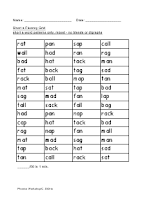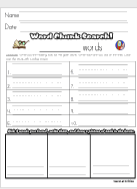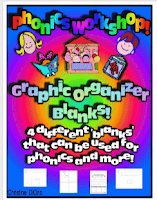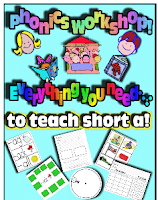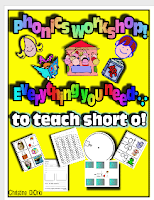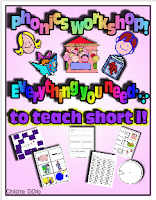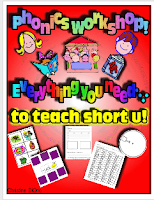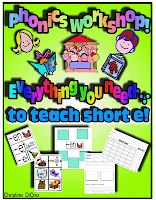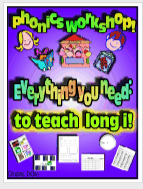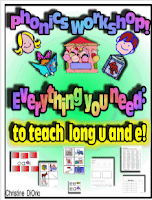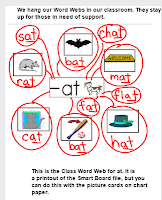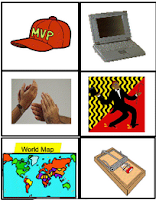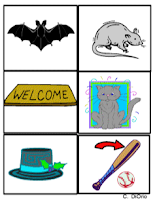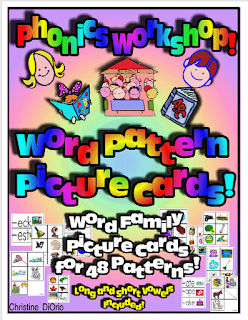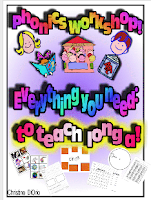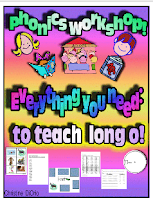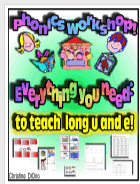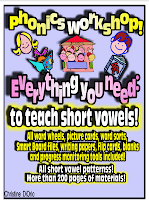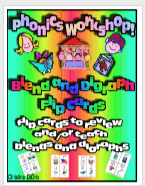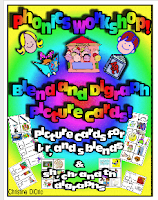Do you teach students to sort? It's an essential skill. Brain research shows human beings learn better when they are able to classify and assimilate things into categories. Teaching young students to do this helps them make sense of the world around them. We do it for math and we also need to do it for reading instruction. It adds to and deepens their understanding. There are resources available in the market for sorting words and pictures, but we found the need to address the issues of the students actually being able to read and decode the words they were sorting. Many of our materials had a lot of words students couldn't read yet. What is that about? Most children can look at a word and sort it according to pattern, but can they actually read the words in columns and then rows after they are sorted? When we use our phonics word sorts they are organized according the patterns we teach. For example: we teach -at, and then -ap. The first word sort is -at and -ap words. Next we teach -an. The word sort included with the an pattern is -at, -ap, and -an. Next is ag. The word sort that goes with -ag is -at, -ap, -an and -ag words. Get the idea? It goes that way throughout Phonics Workshop. When we finish with short a we move onto short o. The first pattern is --ot. The word sort that goes with -ot sorts -at and -ot words. The next pattern is -op. The word sort is ---ot and -op. We have created word sorts that discriminate by medial sound AND by ending sound. When you move through short o there are word sorts for short o patterns and short o patterns vs. short a patterns. During short o we also transition from cut and paste sorts to written sorts. During the instruction of short a sorting, we are actually teaching the skill of sorting. We also have added a mystery chunk as the sorts progress. There is an additional column that has a chunk or pattern that was already taught. Love to reinforce the reading of past patterns! After short o comes short i. It's the same. The first short i pattern is -it. The first short i word sort is -at, -ot and -it words. It goes on like that through all the short vowels and then in the long vowel patterns. The first long vowel pattern is -ate. The first long a word sort is -at and -ate words. Wherever we could use a discriminatory pattern, we did. We built the word sorts with a scaffolding effect so students could assimilate new learning and compare it with something they learned already. It's built for success in sorting, reading, and application.
We have bundled the word sorts for Phonics Workshop in two different ways. The word sorts are part of the vowel packs. When you purchase the short o vowel pack, all of the short o word sorts are in it. We also decided to bundle the word sorts for all of Phonics Workshop in one pack in case you only needed the Word Sorts as a supplement to what you are teaching. For $9.00 you get all 54 word sorts for all of Phonics Workshop.
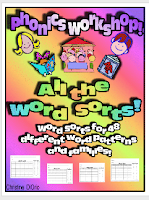 |
| 54 Word Sorts for 48 Word Patterns! |
All the short vowel packs! Word Sorts are included in each of the packs!
All the Long Vowel Patterns - Word Sorts are included in each of these too.
Of course you can also purchase all of the short vowel packs together at a discounted price instead. This has it all. Every material for each of the short vowels.
*The zipped long vowel pack is coming soon too!
I should also mention that during short o instruction, we implicitly start teaching blends and digraphs. We use our blend and digraph flip cards as a 1 min go through aloud during our meeting times or even snack times. (b-l, /bl/ blocks, b-r, /br/ bridge, etc.). The blends and digraphs start showing up more during short o materials. (Word Sorts and in the Word Wheels) We also have picture cards for 18 different blends and digraphs that we use for small group instruction when needed. For the most part, students begin picking it up as we go through the cards and noticing the blends and digraphs during small group or individualized instruction. We also go through our poetry binders and highlight all of the blends and digraphs we can find with a green crayon. It all helps them to learn to identify and decode.


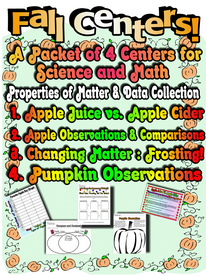
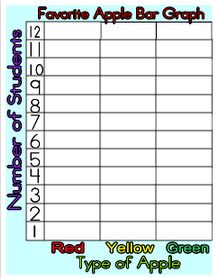

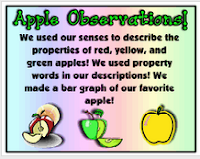
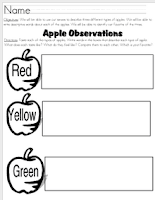
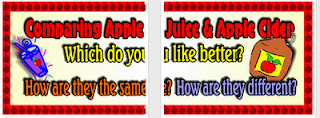

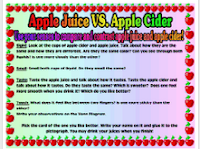
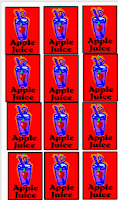
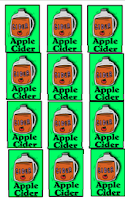

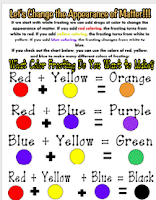

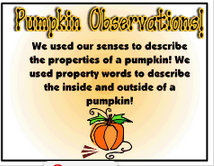
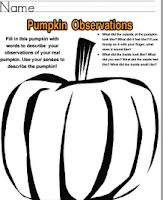
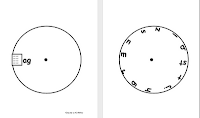
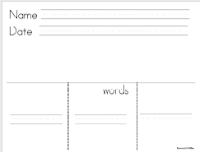
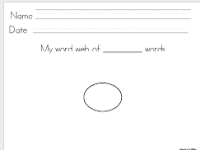
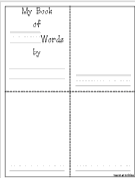
.png)
